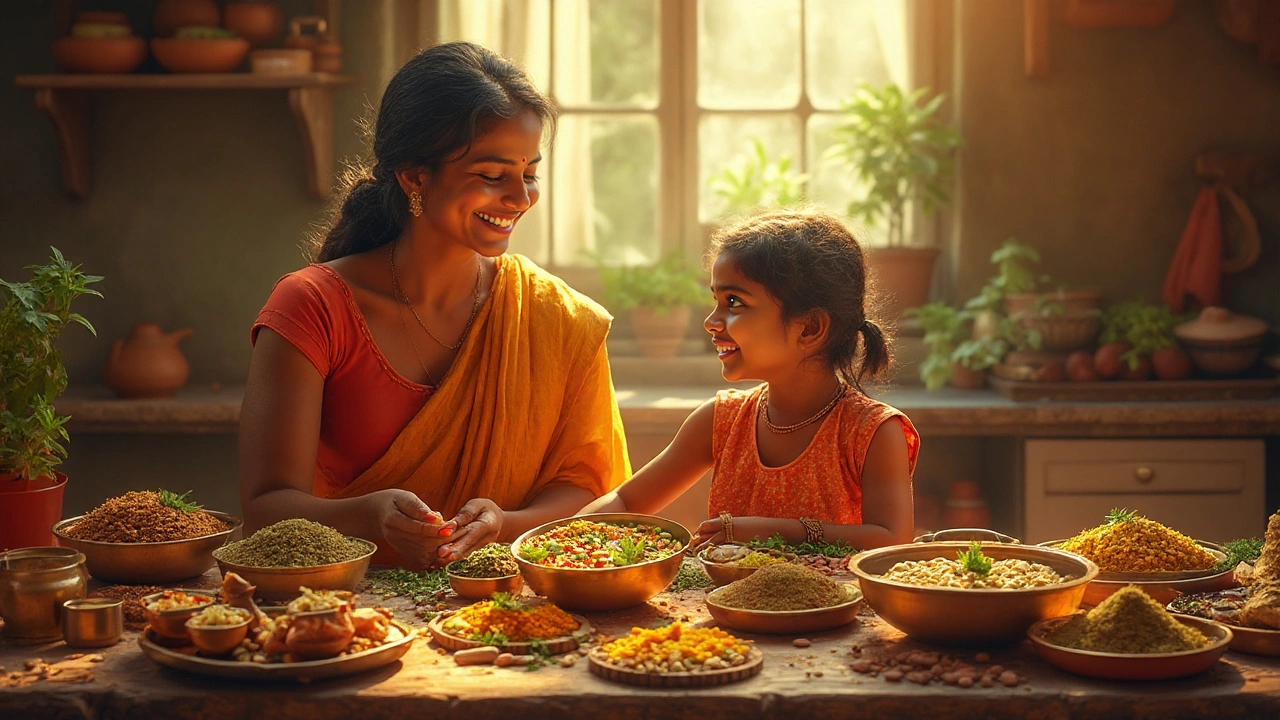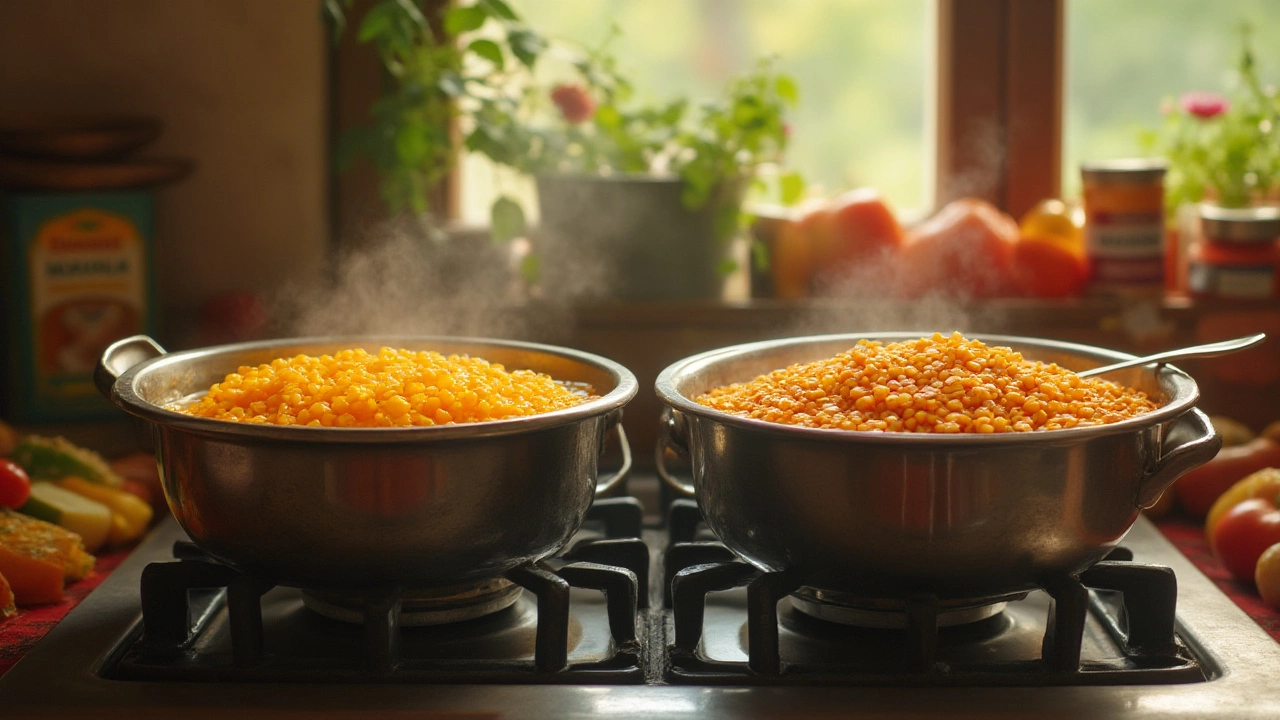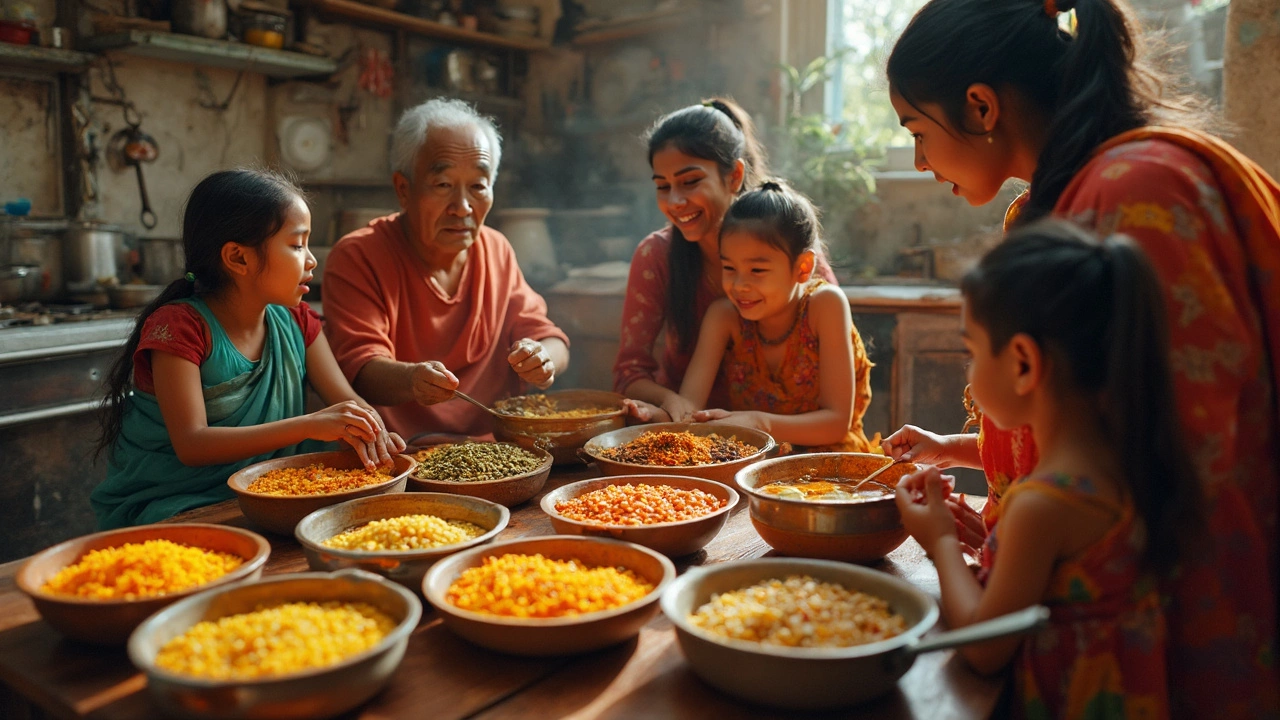Dal Nutrition: Health Benefits and How to Maximize Them
When working with dal nutrition, the study of the nutritional profile of dal (split pulses) that form a staple in Indian cooking. Also known as dal health benefits, it covers how these legumes supply protein, fiber, and micronutrients.
Dal nutrition encompasses protein content that supports muscle repair, while protein, a macronutrient essential for tissue building in dal makes it a plant‑based alternative to meat. It also requires cooking methods, proper soaking and simmering that preserve nutrients to unlock true health value. The fiber in dal fiber, a soluble and insoluble carbohydrate that aids digestion influences blood sugar stability, linking dal nutrition to better metabolic control. Moreover, the Indian diet Indian diet, a cuisine rich in spices, legumes, and whole grains often relies on dal as a primary protein source, so understanding its nutrition is key for anyone eating or cooking Indian meals.
Key Nutrients in Dal and Their Impact
Beyond protein and fiber, dal supplies iron, zinc, and calcium—minerals that support blood health, immune function, and bone strength. A cup of cooked masoor dal can deliver about 18 g of protein and 8 g of fiber, while also providing roughly 20 % of the daily iron requirement. These numbers matter because regular dal consumption can reduce the need for animal‑based supplements, especially for vegetarians. The presence of antioxidants like polyphenols adds another layer of protection against oxidative stress. Cooking techniques such as pressure cooking or slow simmering affect these nutrient levels; over‑cooking can degrade heat‑sensitive vitamins, but it also breaks down antinutrients like phytic acid, improving mineral absorption.
Practical tips make the most of dal nutrition. Soak whole pulses for 4–6 hours to cut cooking time and enhance digestibility. Add a pinch of asafoetida (hing) during tempering to reduce gas production, a common concern for newcomers. Pair dal with vitamin C‑rich foods—like lemon juice or tomatoes—to boost iron uptake. For variety, rotate among toor, moong, chana, and urad dal, each offering a slightly different amino‑acid profile. In the list below you’ll find articles that dive deeper into classic Indian dishes, protein comparisons, and cooking hacks—all designed to help you turn dal nutrition knowledge into tasty, balanced meals.

Dal Nutrition Facts: Is It More Protein or Carbs? Get the Real Scoop
Wondering if dal is a carb or protein? Break down exactly what’s in dal, which type has the most protein, and practical ways to use dal for balanced, healthy meals.

What Happens If You Don't Soak Dal? Health, Nutrition, and Cooking Explained
Ever wondered if you can skip soaking your dal? Here’s what actually happens when you don’t soak lentils, including health effects, cooking time, and taste.

Which Dal Is Healthiest? A No-Nonsense Guide for Everyday Meals
Confused about which dal is best for your health? This article breaks down the nutritional facts behind popular dals in India—moong, masoor, toor, and chana. Get to know how they help your body, who should eat which dal, and simple tips to get the most nutrition in every bowl. Whether you’re cooking for yourself, your family, or kids, you’ll find clear advice here. Health gains, simple recipes, and surprising dal facts—all in one guide.